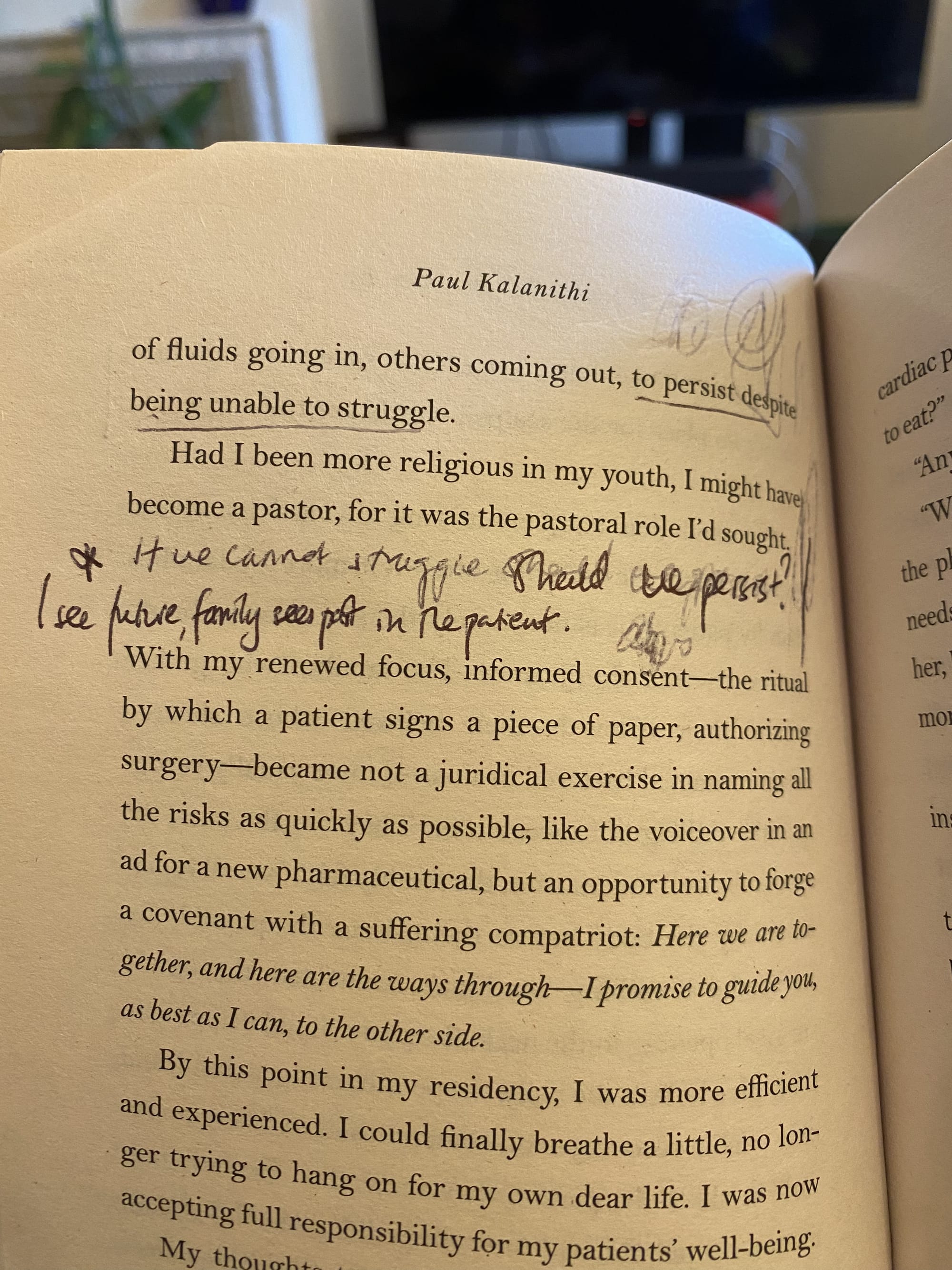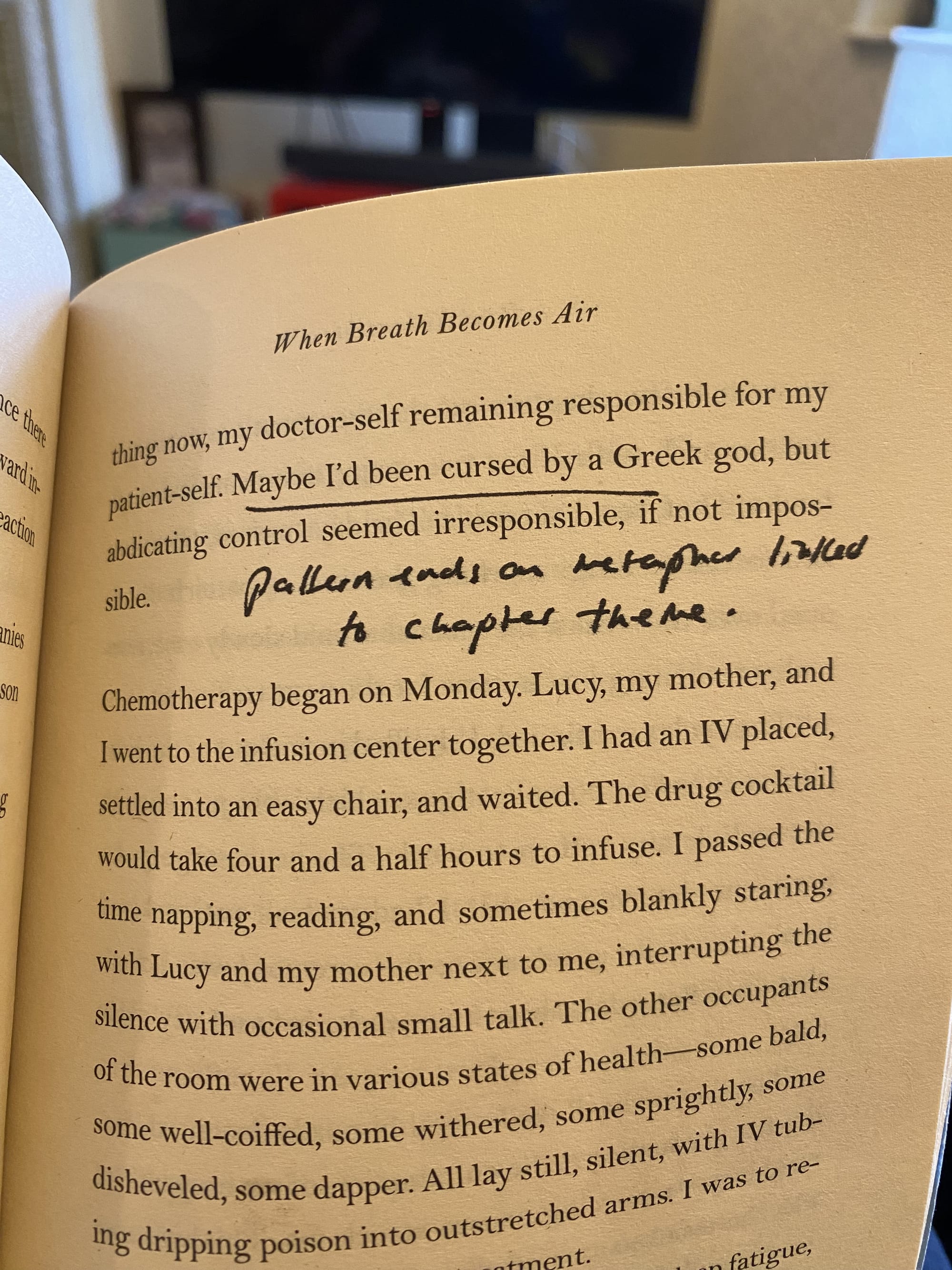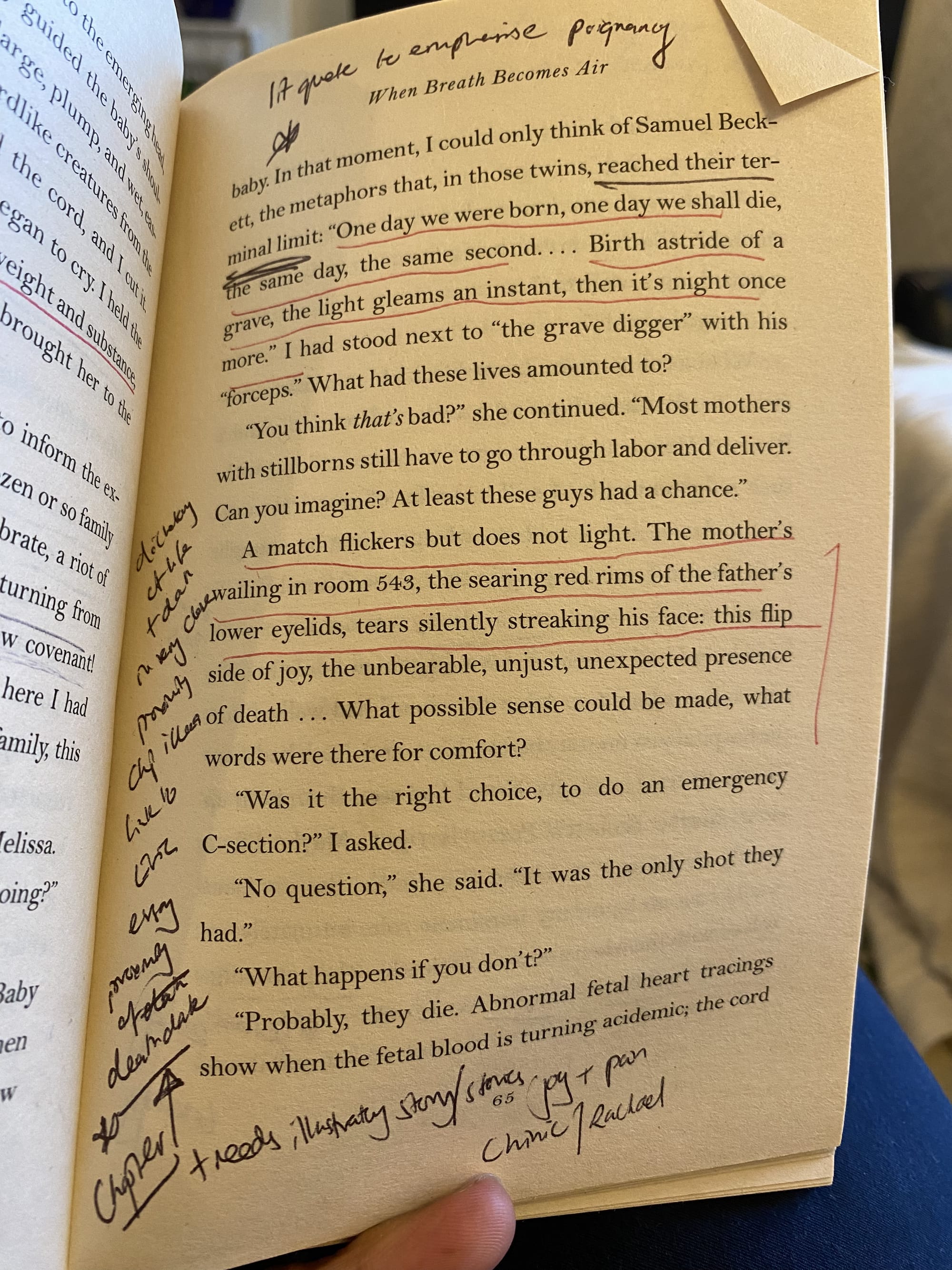#047 How to read to learn and become an original thinker
We are all taught to read. But few of us are taught how to read to learn. Fewer still learn how to come up with original ideas. Here is a 5 step process to learn to read and become an original thinker.

"As always you are posting fascinating and thought provoking stuff. You have a great ability to write clearly and synthesise valuable ideas and concepts...Have you always written or was it a recently acquired skill?"
A message out of the blue from a fellow neurosurgeon.
I had just published an article on the Dunning-Kruger Effect and the responses were flowing in.
We are all taught to read. But few of us are taught how to read to learn. Fewer still learn how to come up with original ideas.
Here is a 5 step process to learn to read and become an original thinker.
Learning is hard. It requires effort and discomfort.
To learn, you must find writers who know more than you, then work to narrow the knowledge gap between reader and writer.
Most people won't do the work. And that's how you can set yourself out from the crowd.
The Four Levels of Reading
In 1972, Mortimer Adler wrote How to Read a Book: The Classic Guide to Intelligent Reading.
Inside he lays out the 4 levels of reading:
- Elementary Reading
- Inspectional Reading
- Analytical Reading
- Syntopical Reading
I'm going to add a final step to crystallise understanding and develop original thoughts – writing.
Let's tackle all 5 levels using a book I'm learning from at the moment, When Breath Becomes Air by Paul Kalanithi.
1. Elementary Reading
This is the level of reading taught in school. If you can read the book cover, you can progress to level 2.

2. Inspectional Reading
Now we need to gather the over-arching blueprint of the author and decide if deeper, more effortful reading is justified.
This is achieved by inspectional reading which has 2 sub-types:
Systematic Skimming
This is a quick review of the book achieved by: reading the preface; studying the table of contents; and reading the inside jacket.
Having a look at the inside jacket I notice a testimonial from one of my favourite authors, Henry Marsh. A signpost this book may be worth deep and effortful learning.

Now dip in here and there and feel out the writing. Is the testimonial justified? Will reading the book be a slog or a breeze? Does the book deserve your time and attention?
If so, move on to the next step of Inspectional Reading.
Superficial Reading
This is when you just read. Don’t look things up, don’t take notes. If you don’t understand a word or a phrase, carry on. This quick read creates a structure in your mind of the book's theme and main points.
Now that you have a grasp of the book, the next question is do you want to understand it?
3. Analytical Reading
Paul writes, “A tureen of tragedy was best allotted by the spoonful. Only a few patients demanded the whole at once; most needed time to digest.”
Inspectional reading is taking a bite. Analytical reading is chewing and digesting. This is where the work begins.
Now it's time to changes gears from the quick skim of inspectional reading, to the slow reading required to build understanding.
Now you start to engage your mind and embrace the work required to understand what’s being said. At this point start writing notes in your book. Don't worry about marring the page - Adler gives you carte blanche, “Marking a book is literally an expression of your differences or your agreements with the author. It is the highest respect you can pay him.”
There are four rules to Analytical Reading. Here they are with my answers from When Breath Becomes Air.
- Classify the book according to kind and subject matter - philosophy, dying and the search for meaning.
- State what the whole book is about with the utmost brevity - the reflections of a dying neurosurgeon searching morality, life and death to find meaning.
- Enumerate its major parts in their order and relation, and outline these parts as you have outlined the whole - Part 1 In Perfect Health I Begin: Paul's journey becoming a neurosurgeon and receiving his diagnosis of lung cancer. Part 2 Cease Not Till Death: Paul confronting his mortality transferring his worldview from surgeon to patient and his relation to time after the birth of his daughter.
- Define the problem or problems the author is trying to solve:
- Finding meaning in a life cut short.
- What makes life worth living in the face of death and how to make the most of the limited time he has left.
- Reconciling his dual identities as doctor and patient.
- Balancing hopes, goals and acceptance.
- The relationship between science/medicine and human values
Rather than presenting a prescriptive solution to a problem, When Breath Becomes Air is a meditation on how one can face death with courage, honesty and the determination to find beauty and vitality even amid life's most difficult circumstances.
While the four prompts may sound easy, they involve a lot of work. Use your notes to formulate your answers.

After an analytical read you will understand the book and the author’s view. But there is more work to do to understand the broader subject and formulate original thoughts.
To do this you need to use comparative reading to synthesise knowledge from other books on the same subject.
4. Syntopical Reading
This the apex of reading. Synoptical reading involves reading many books on the same subject and comparing and contrasting ideas, vocabulary, and arguments.
The goal is not to achieve an overall understanding of any particular book, but rather to understand the subject and develop a deep fluency.
This is all about identifying and filling in your knowledge gaps. This is how original ideas begin.
There are five steps to syntopical reading: finding relevant passages to fill your needs; translating the author's terms into your own for comparison; clarifying the questions you want answers to; identify opposing answers to your questions to understand multiple perspectives; and analysing the conflict or opposing answers to have an informed opinion.
For this my sixth - yes sixth - read of When Breath Becomes Air, I had a specific question: What makes Paul's writing so powerful and how can I emulate it?
Now writing my second book, I wanted to dig into the mechanics of writing and had specific questions about structure and style. With this question I identified recurring patterns in how chapters ended and the poetic rhythm of certain sentences.


5. Write to Ideate
To know what you think and generate original ideas, you must write. Writing is thinking on paper – it crystallises thought. Without it you are clutching at smoke.
That's why I wrote this post. I now know what I think about When Breath Becomes Air and have moved an inch forward in the mile that separates Paul and I.
If all of this sounds like hard work, you’re right.
It is.
P.S.
If you struggle to find enough hours in the day for work and family, I can help you out.
Join over 500 people who have picked up my book Work Less, Live More. It's a battle-tested field manual to get things done in the real world, while still finding time to look after yourself
If you have any questions, comment below or contact me on X or LinkedIn. Happy to help where I can.
